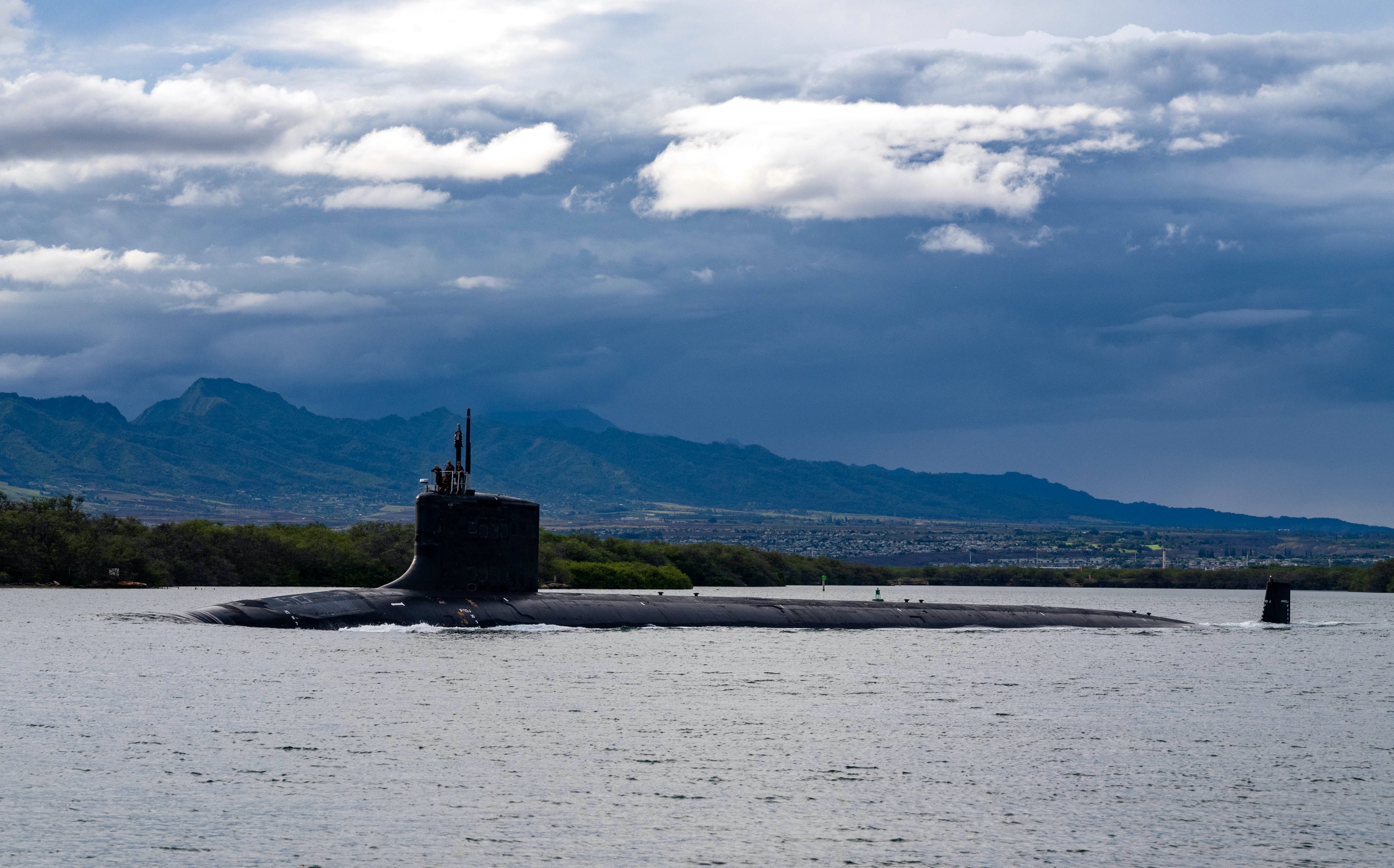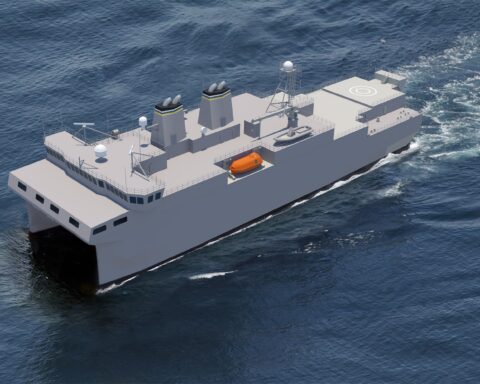The following is the Department of Defense Inspector General January 2020 report, Audit of Surge Sealift Readiness Reporting.
From the report
The objective of this audit was to determine whether U.S. Transportation Command (USTRANSCOM) provided adequate oversight of the reporting on surge sealift activation requirements. To assess the accuracy of this reporting, we reviewed surge sealift readiness reporting in the Defense Readiness Reporting System-Navy (DRRS-N) and the Defense Readiness Reporting System-Strategic (DRRS-S) from FYs 2017 and 2018.
Background
USTRANSCOM is a unified, functional combatant command that provides global mobility solutions to the other U.S. combatant commands, the Military Services, Defense agencies, and other Government organizations. USTRANSCOM has three component commands that transport military resources over land, air, and sea. The Military Sealift Command (MSC) provides the sea transportation for DoD agencies and military services. The MSC uses a surge sealift fleet to support the initial sealift demands associated with operational plans (OPLANs).
The surge sealift fleet consists of 50 Government-owned contractor-operated ships managed by both the DoD and the Department of Transportation (DOT). The 50 ships have a cargo capacity of 10.7 million square feet. Although the surge sealift fleet has never fully activated for a wartime scenario, the [REDACTED].
The DoD owns 15 of the ships (4.6 million square feet of the overall surge sealift capacity), and the DOT owns the remaining 35 ships (6.1 million square feet of the overall surge sealift capacity).
MSC personnel update the readiness status for the 15 MSC ships in DRRS-N using contractor-provided readiness reports. The MSC relies on the DOT Maritime Administration (MARAD) to update the readiness status for its 35 ships in DRRS-N. The readiness status in DRRS-N is reported as: mission available, available with limitations, or not available. USTRANSCOM identifies its mission requirements based on the square footage of the items needing to be shipped. To convert from ship availability in DRRS-N to the square footage requirements in DRRS-S, MSC officials review the number of ships that are reported in DRRS-N as available or available with limitations. In short, DRRS-N reports whether each individual ship is ready or not; while DRRS-S reports the total amount of square footage available for meeting mission requirements. After review, MSC officials total all of the ships’ square footage to determine how close the ships are to meeting the readiness target of [REDACTED]. The MSC then reports the total surge sealift capability monthly in DRRS-S, which is tracked by USTRANSCOM. The MSC Commander meets weekly with the USTRANSCOM Commander to provide an overview of sealift capacity and to discuss solutions if the [REDACTED].
Findings
We determined that the MSC did not accurately report the readiness status for 15 MSC-owned surge sealift ships during FYs 2017 and 2018. Over the 2-year period, the [REDACTED]
We determined that the MSC inaccurately reported the readiness status of its surge sealift ships because the MSC relied on ship contractors to accurately report ship readiness. MSC officials stated they believed that the ship’s captains were in the best position to assess the ability of the ship to meet mission requirements, and therefore the MSC did not have procedures to verify that ship inspection reports matched casualty reports or to reconcile ship casualty reports to the DRRS-N ship readiness status.
Consequently, as a result of the MSC’s inaccurate ship readiness reporting, USTRANSCOM’s assessment of surge sealift capability was unreliable and could lead geographic combatant commanders to make incorrect assumptions about the initial availability of equipment and resupply of critical items.
Download the document here.





